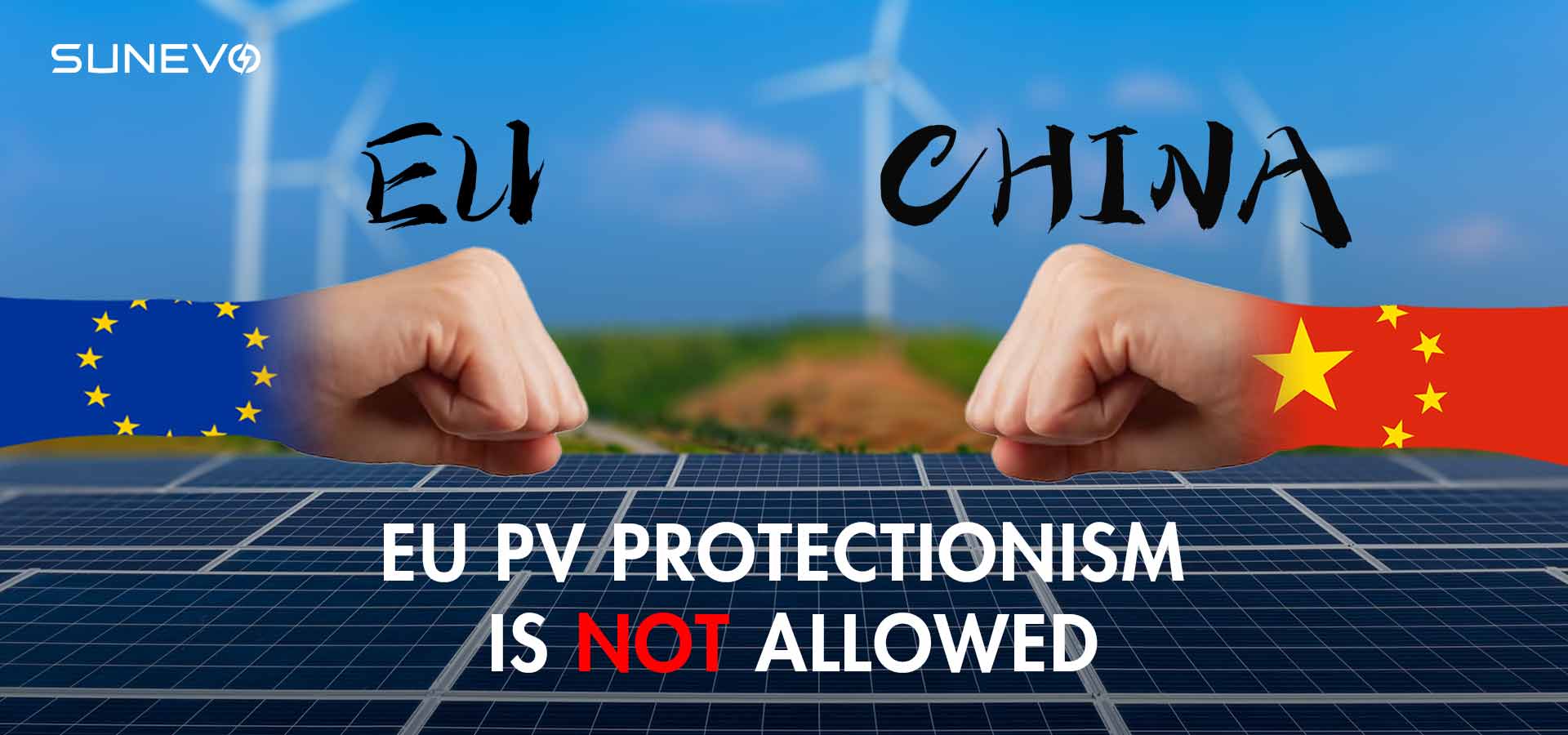 How Protectionism Can Hinder the EU's Solar Energy Ambitions
How Protectionism Can Hinder the EU's Solar Energy Ambitions
Mar 01, 2024
The European Union (EU) has long been a champion of renewable energy, setting ambitious goals to transition to a cleaner, more sustainable energy future. A significant part of this strategy involves harnessing solar energy. As such, many member countries rely heavily on solar modules wholesale from China to meet their renewable energy targets. To guard its domestic industry, the EU has implemented certain protective measures. However, this piece contends that such protectionist tactics might be counterproductive, potentially hindering the EU's solar energy ambitions. The Context of Protectionism in the Solar Industry Protectionism, in the context of the solar industry, refers to the steps taken by governments to shield their local solar manufacturers from foreign competition. This is typically achieved through tariffs or quotas. While the EU boasts a fairly robust solar industry, it still leans heavily on imports, particularly from China, the world's leading producer of solar panels. This dependency is partly due to the competitive pricing of Chinese-made solar modules, thanks to economies of scale and efficient manufacturing processes. The Argument Against Protectionism Leading industry publications like PV magazine argue that protectionism can create market distortions and stifle the growth of the solar industry. The magazine suggests that the EU's strategy of imposing protectionist tariffs could ironically harm their climate protection efforts and the economy. Taiyang News, another respected voice in the industry, also contends that protectionism could lead to a slower transition to green energy, inflict higher costs on consumers, and result in potential job losses in the long run. These perspectives suggest that protectionist policies might be more harmful than beneficial. The Real Scenario vs Misconceptions The solar industry has not been without controversy, particularly regarding allegations of 'dumping' by Chinese solar panel manufacturers. 'Dumping' refers to the practice of selling goods below cost to capture market share. Many, however, argue against these claims, positing that the low prices are a result of economies of scale and efficient manufacturing processes, not underhand tactics. Euractiv, another industry publication, suggests that tariffs are not the solution to the challenges facing the European solar industry. Instead, they could exacerbate these issues, causing more harm than good. The Consequences of Protectionism Protectionism can have severe consequences on the EU's solar ambitions. Sustainable Views, an online platform focused on sustainability, suggests that higher tariffs could slow down the transition to green energy and increase costs for consumers. Furthermore, restrictive trade measures could lead to a loss of market share, job losses, and the failure to meet climate goals. These potential outcomes highlight the need for the EU to reassess its...
View More
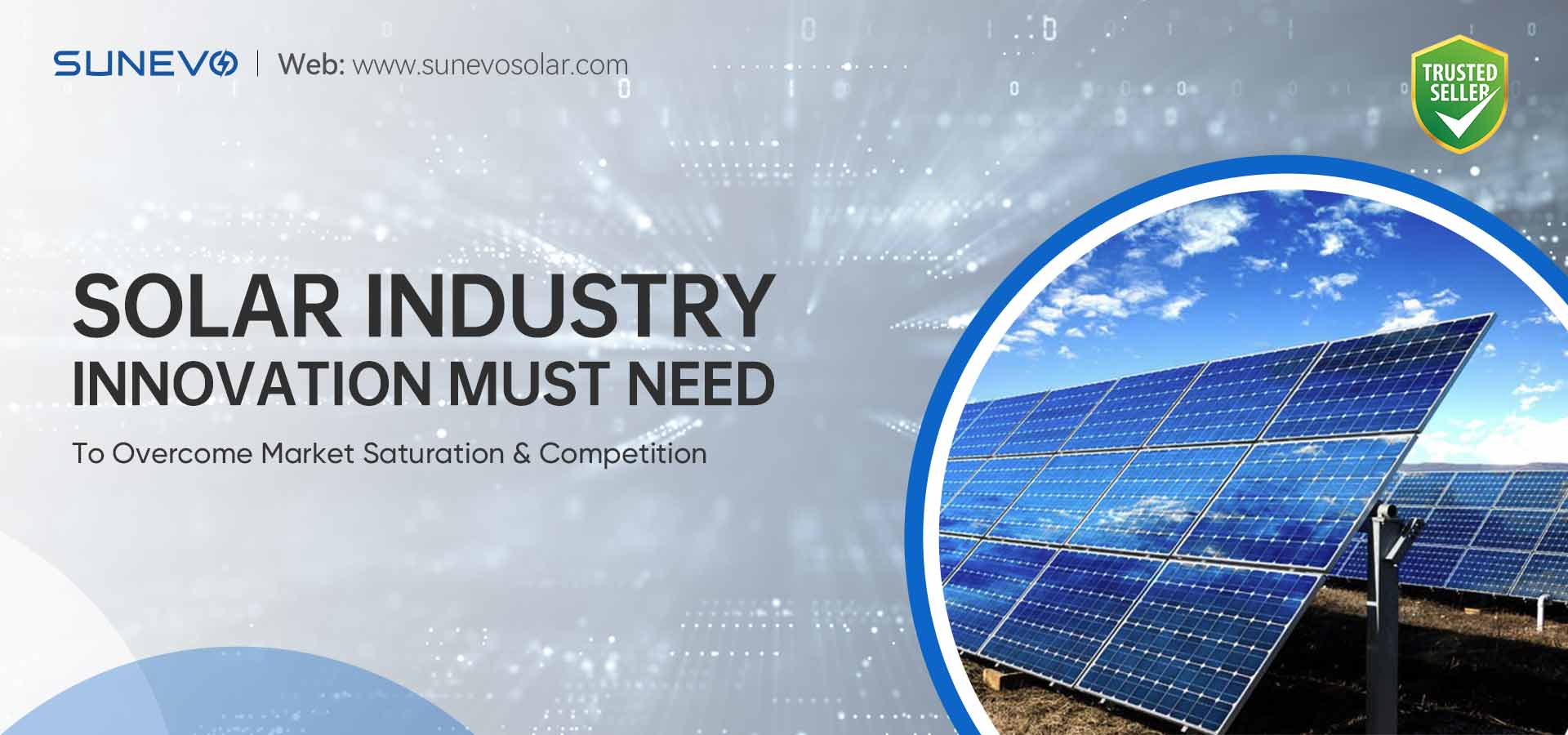 Solar Industry Needs Innovation To Overcome Market Saturation & Competition
Solar Industry Needs Innovation To Overcome Market Saturation & Competition
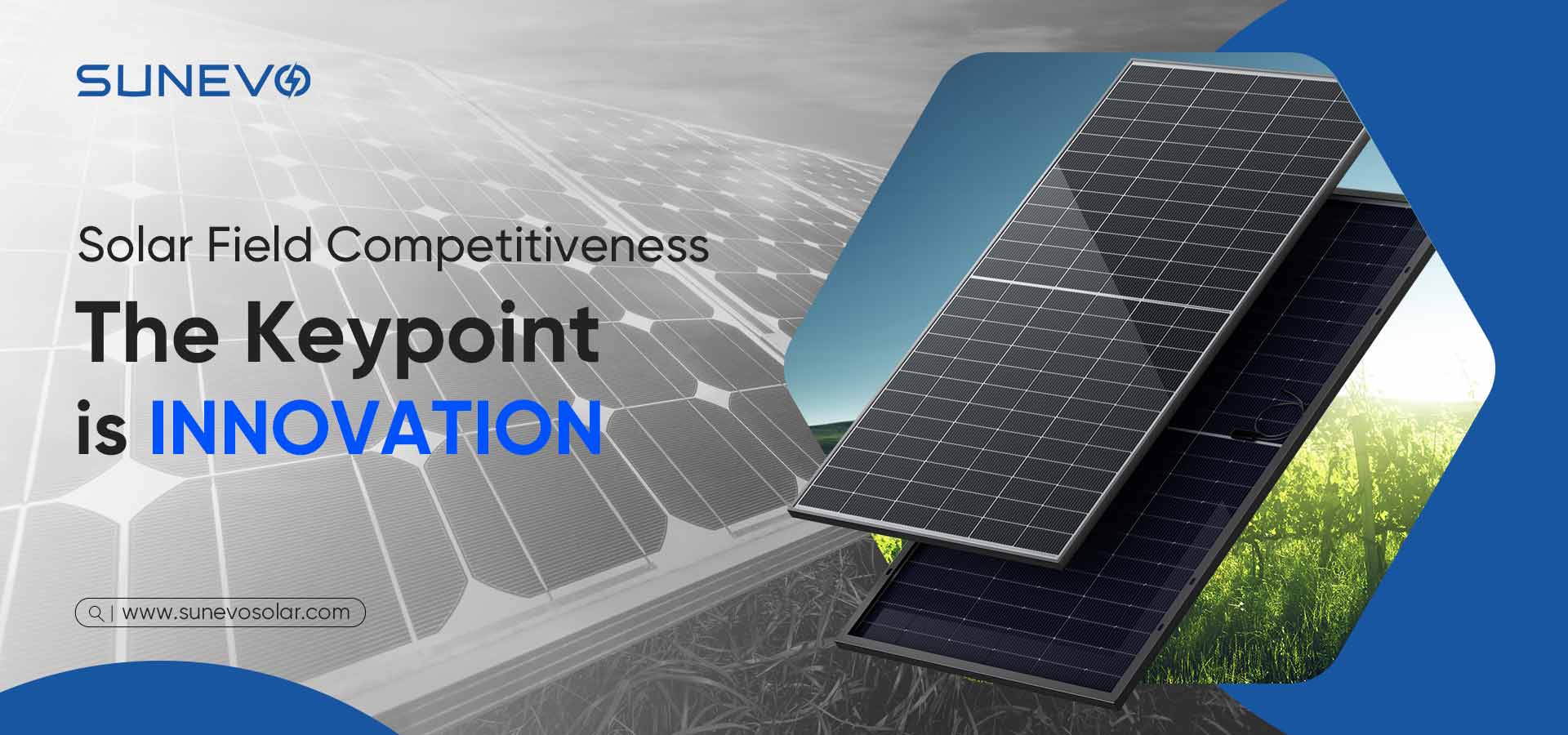 Innovation As The Key To Solar Industry Competitiveness
Innovation As The Key To Solar Industry Competitiveness
 How Protectionism Can Hinder the EU's Solar Energy Ambitions
How Protectionism Can Hinder the EU's Solar Energy Ambitions
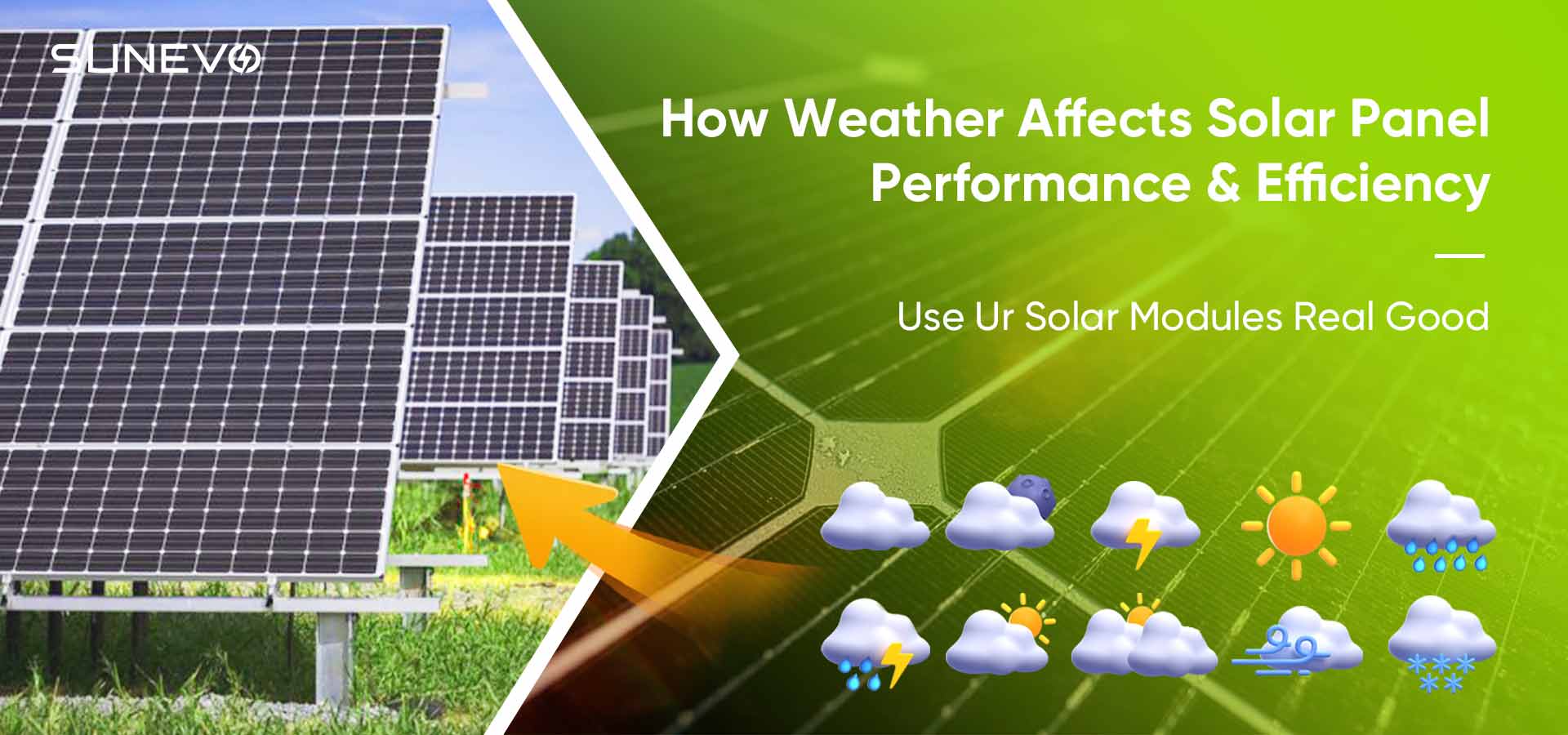 Solar Panel Efficiency: How Weather Affects Performance
Solar Panel Efficiency: How Weather Affects Performance
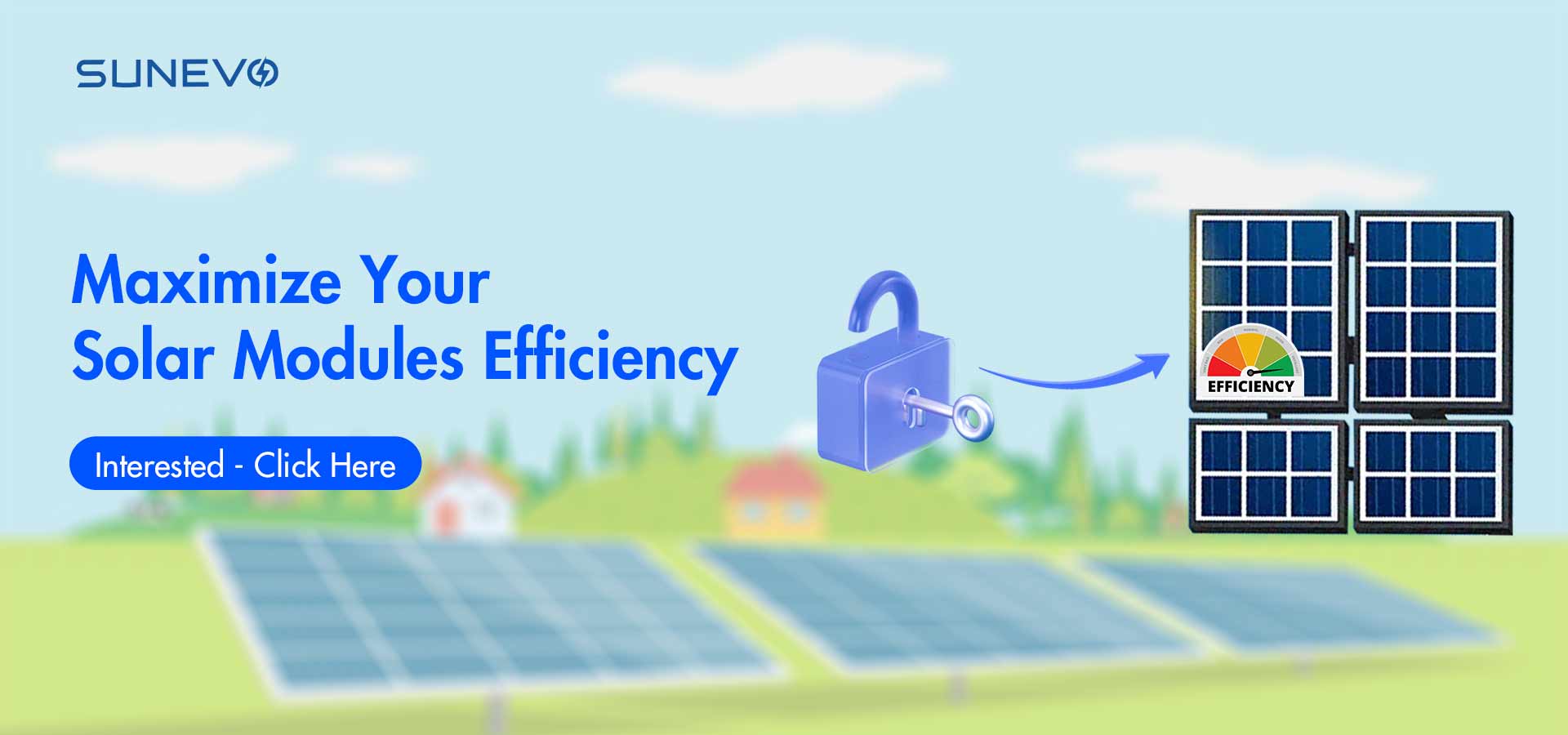 Boost & Unlock Your Hidden Solar Panel Efficiency
Boost & Unlock Your Hidden Solar Panel Efficiency
 ALERT: 2024 Chinese Spring Festival Is Coming
ALERT: 2024 Chinese Spring Festival Is Coming
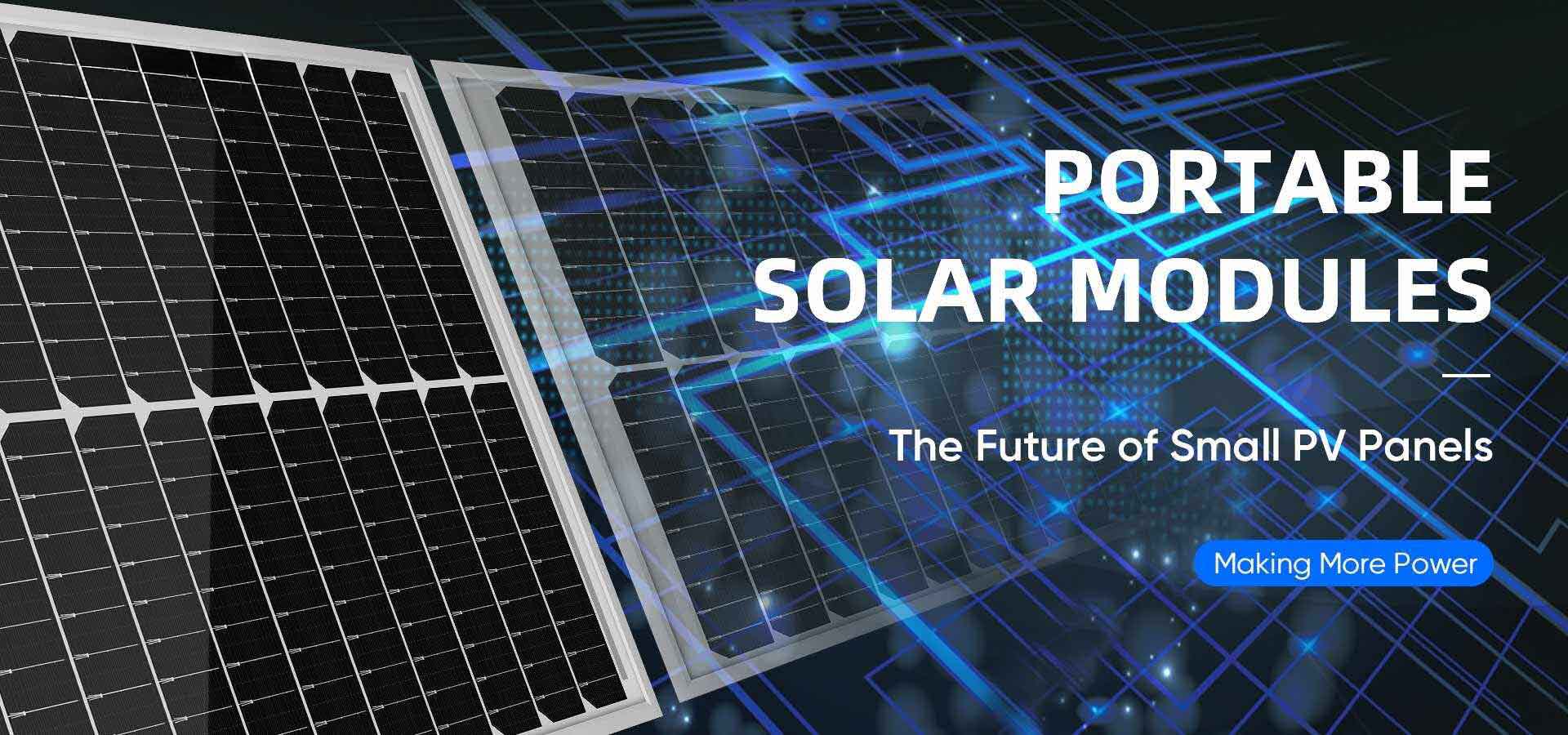 Powering Up Small: Solar's Future with Compact Panels
Powering Up Small: Solar's Future with Compact Panels
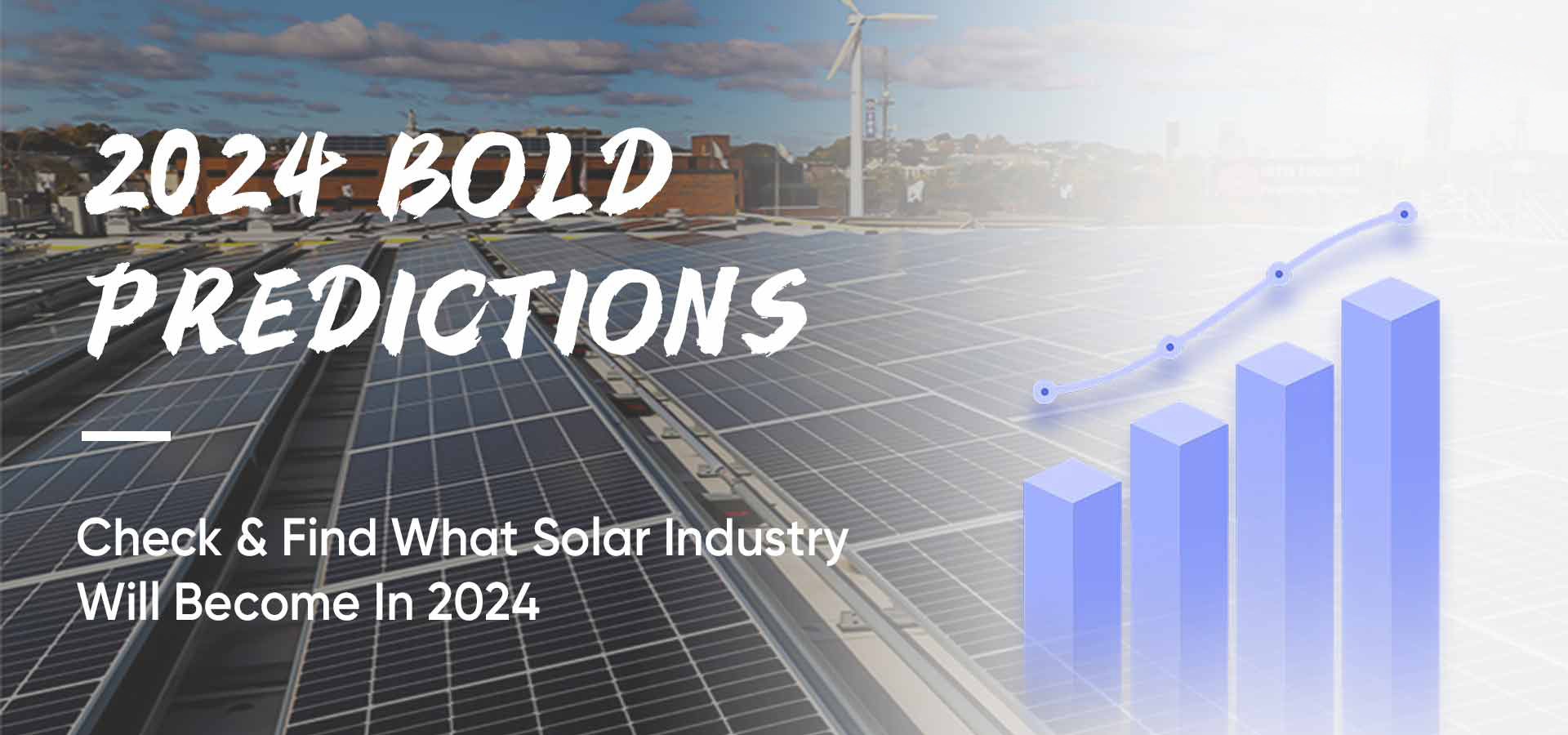 8 Bold Predictions On The 2024 Solar Market Transforming
8 Bold Predictions On The 2024 Solar Market Transforming
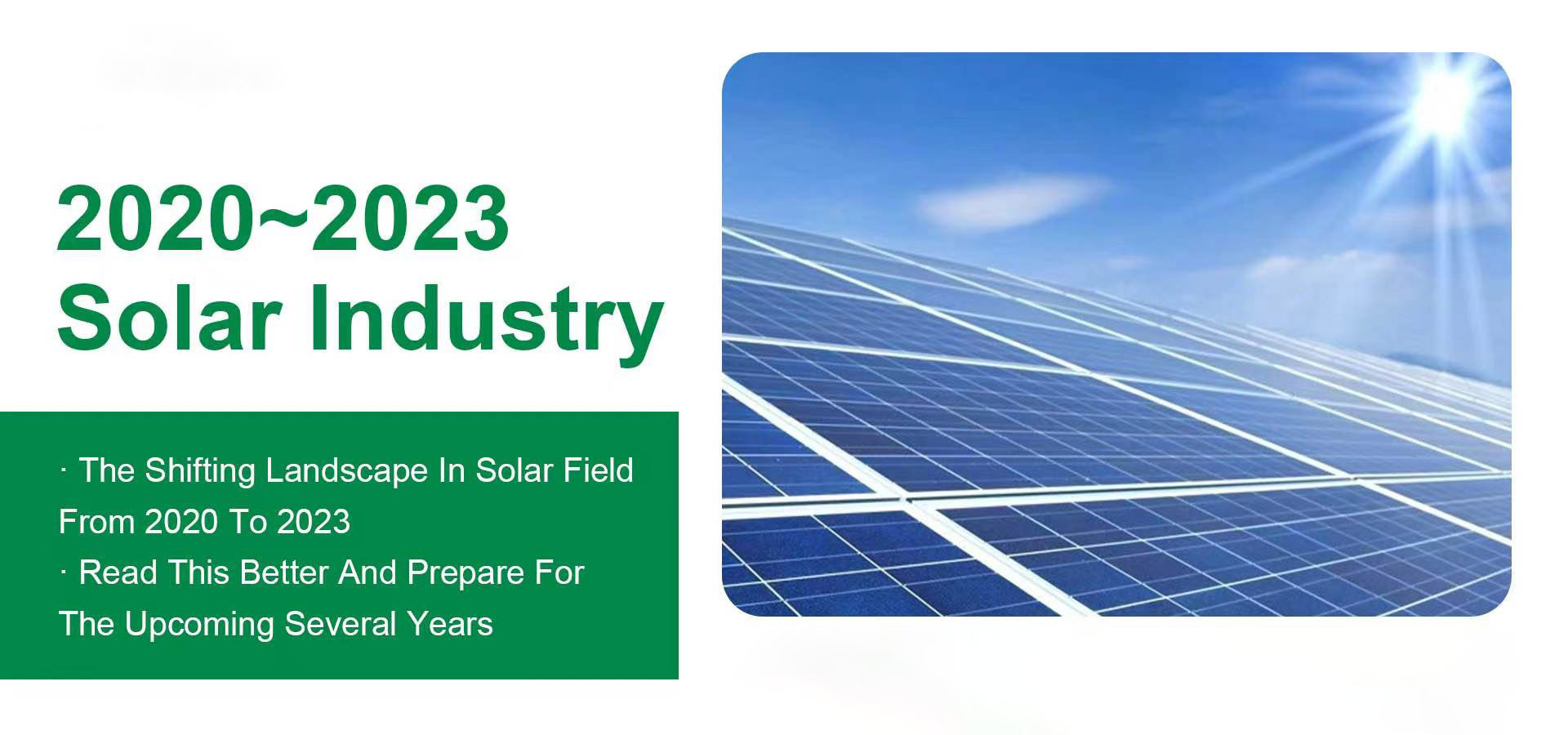 2020-2023 Analysis of the Solar Field's Shifting Landscape
2020-2023 Analysis of the Solar Field's Shifting Landscape
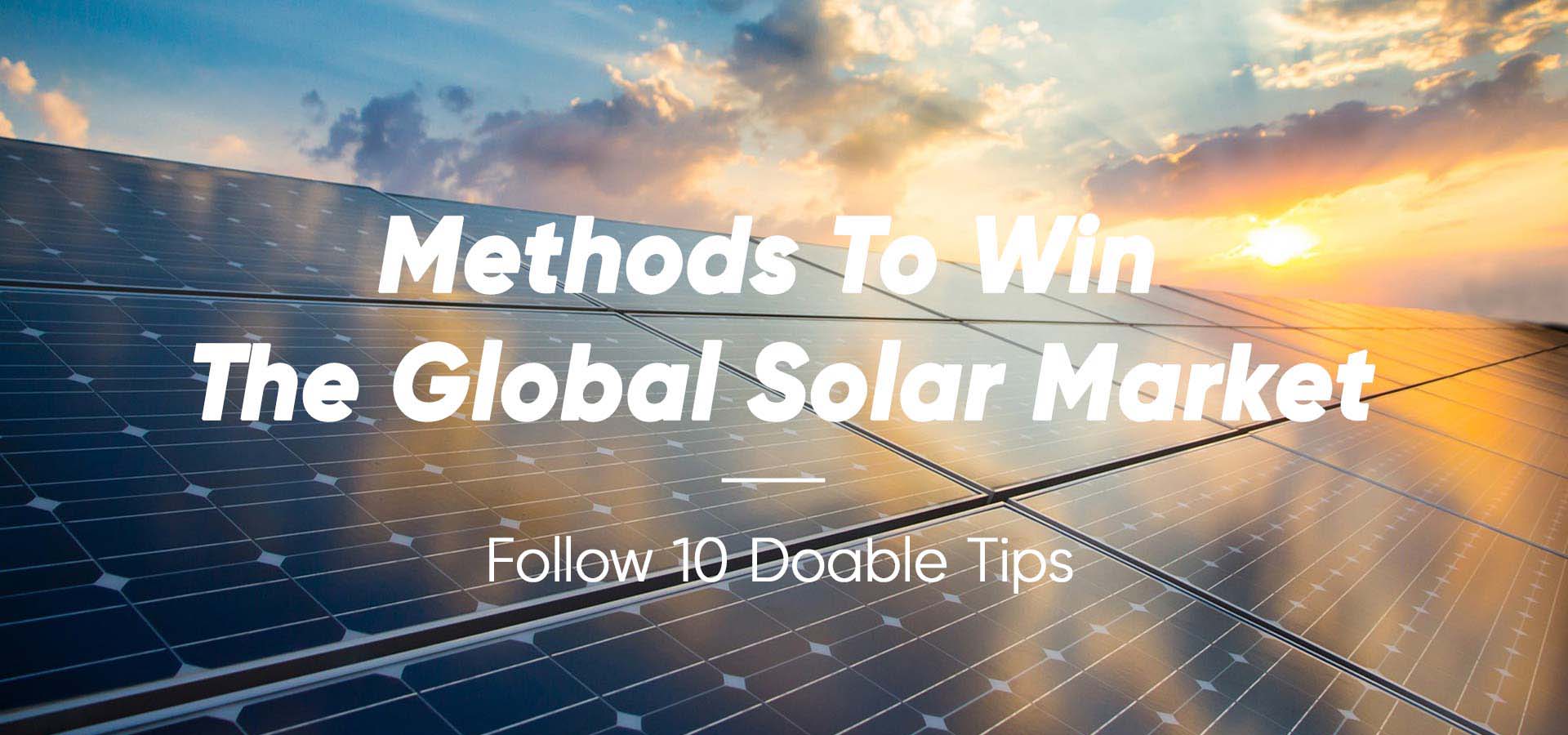 How To Win The Global Solar Market - Master 10 Proven Tips
How To Win The Global Solar Market - Master 10 Proven Tips